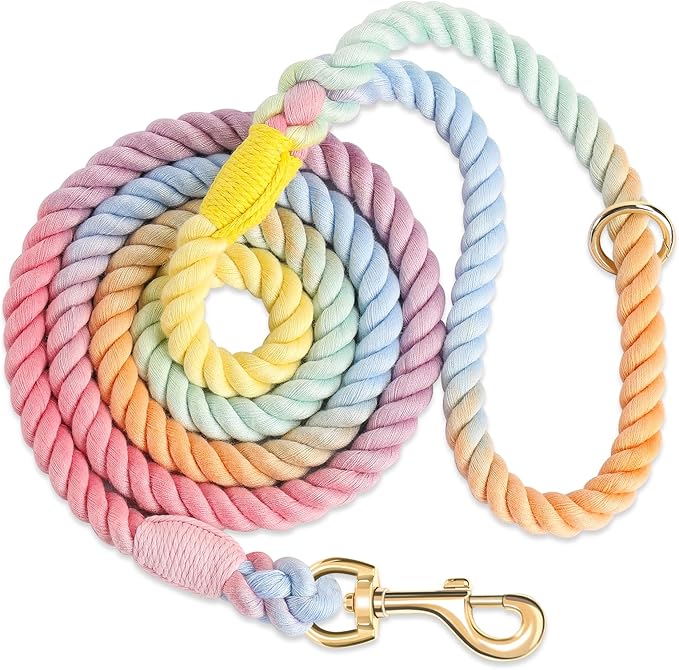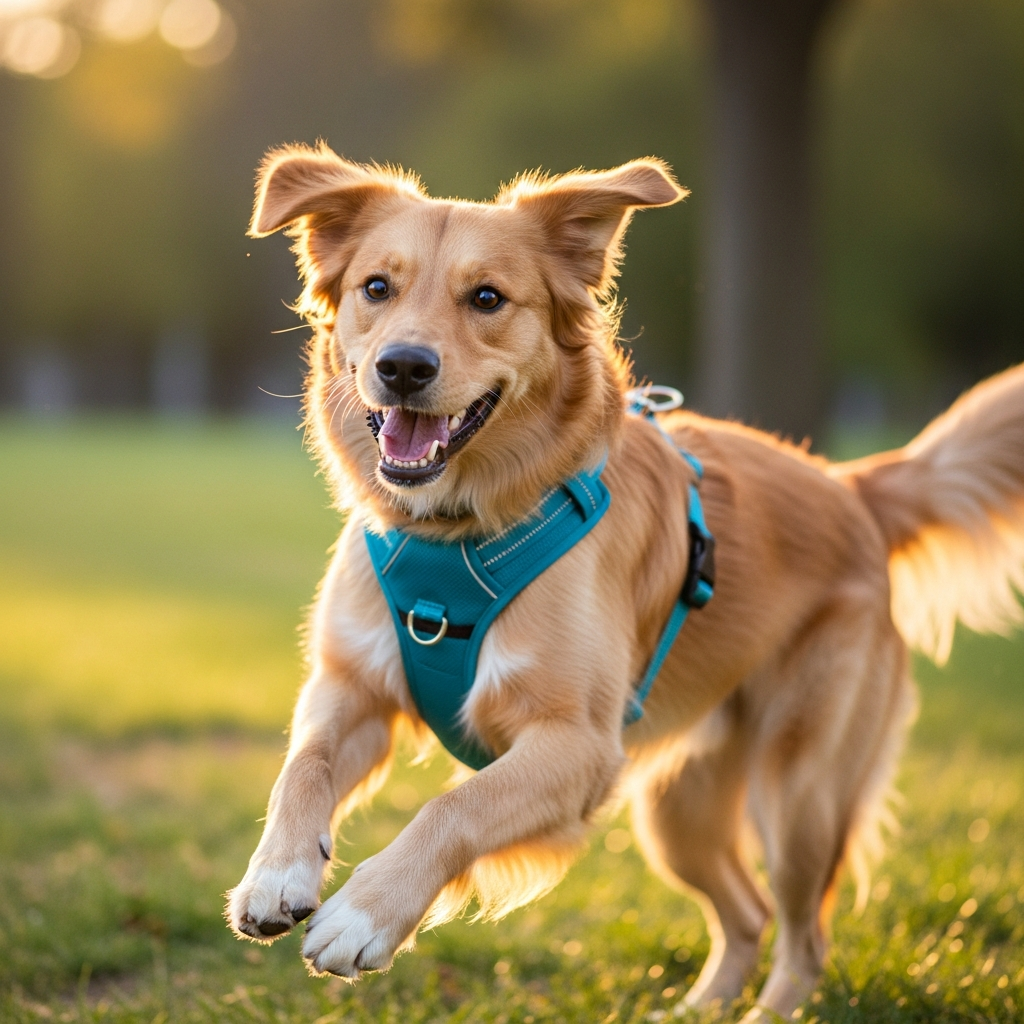Puppies that pull on walks can be frustrating for owners, posing risks of injuries and the development of undesirable habits. Early training to instill proper leash behavior is vital in addressing this issue.
If you find yourself grappling with a puppy that pulls during walks, rest assured that you are not alone in facing this challenge. By implementing consistent leash training, positive reinforcement, and utilizing the appropriate tools, it is possible to curb pulling behavior before it escalates into a persistent issue.
Join us as we unravel the straightforward steps to achieving enjoyable, tug-free walks.
Why Do Puppies Pull on the Leash?
Pulling on the leash is a natural inclination for puppies, as they are eager to explore the world and have yet to grasp the concept of leash etiquette. Their pulling is driven by the desire to reach enticing smells, people, or places more swiftly. If pulling yields the desired results, puppies will persist in this behavior. Therefore, early leash training is crucial in establishing a sense of composure during walks and defining clear expectations.
When Should You Start Leash Training a Puppy?
Commence leash training as early as 8 weeks old, once your puppy has acclimated to wearing their collar or harness indoors. Initiate the training process within the home environment where distractions are limited. Through brief yet consistent sessions, convey the message to your puppy that staying in close proximity to you warrants praise, treats, and continued forward movement. It is essential to cultivate positive leash habits early on, as these behaviors often persist into adulthood—thus, addressing and instilling proper leash manners prior to the onset of unfavorable habits is paramount.


How to Train a Puppy Not to Pull on the Leash
Utilize positive reinforcement as a core training technique. When your puppy walks calmly beside you, promptly acknowledge and reward their behavior with treats or praise. In the event that they commence pulling, cease forward movement. Only resume walking once they have returned to your side. Gradually, they will grasp the concept that pulling leads to a standstill, while remaining close ensures the continuation of the walk. Patience and unwavering consistency are fundamental throughout this process.
Here's a detailed breakdown of the steps:
- Select the appropriate gear: Opt for a standard flat collar or a no-pull harness, both of which are conducive to training.
- Commence training indoors: Begin by embarking on short strolls with treats readily accessible.
- Offer frequent rewards: Consistently treat your pup when they remain by your side.
- Halt when they pull: Cease movement or gently alter direction if pulling occurs.
- Commit to daily practice: Regular and dedicated sessions expedite the learning process.
Should You Use a Collar or Harness for Leash Training?
When it comes to leash training a puppy to walk politely, trainers frequently lean towards utilizing collars over harnesses. The rationale behind this preference is that certain types of harnesses inadvertently promote pulling by dispersing pressure across the chest, thereby facilitating dogs to lean forward and exert greater force when pulling. This factor stands as a primary driver behind the aversion many dog trainers harbor toward harnesses.
Nonetheless, it's important to note that not all harnesses are created equal. A no-pull harness designed to fasten at the front can mitigate pulling tendencies and provide improved control. For puppies, both soft collars and well-fitted harnesses are deemed suitable—what holds more significance is the manner in which they are employed. The pivotal elements lie in maintaining consistency, precise timing, and grounding the training approach in reward-based methods.

How Long Does Leash Training Take?
Each puppy progresses at their own individual pace, yet the majority can acquire the ability to walk politely on a leash through consistent daily practice within a span of 2–4 weeks. However, certain puppies may necessitate a longer duration, particularly if they exhibit inherent exuberance or have been consistently reinforced for pulling behavior. Your puppy's swiftness in grasping leash etiquette is notably influenced by your unwavering consistency and composed demeanor during training sessions.
What If My Puppy Keeps Pulling?
If your puppy continues to pull despite training, here are some helpful tips to consider:
- Transition to a front-clip no-pull harness.
- Conduct training sessions in low-distraction environments.
- Slightly shorten the leash to encourage closer proximity.
- Utilize higher-value treats such as chicken or cheese.
- Seek assistance from a professional dog trainer for tailored guidance.
Avoid resorting to yanking or punitive measures, as these approaches can erode trust and lead to counterproductive outcomes. Remember, leash training centers on fostering communication rather than exerting control.
Summary
With patience and consistent practice, your puppy can become proficient in loose-leash walking, leading to peaceful strolls without the hassle of pulling.
Cindy Long is the Sales Manager of Raysunpets and a pet lover with over 12 years of experience in exporting pet products. She specializes in providing customized dog chest carriers, leashes and pet accessory solutions for the European and American markets, always focusing on the real needs of customers and pets, and is committed to creating high-quality, practical and comfortable products that allow fur kids to live happier lives.


